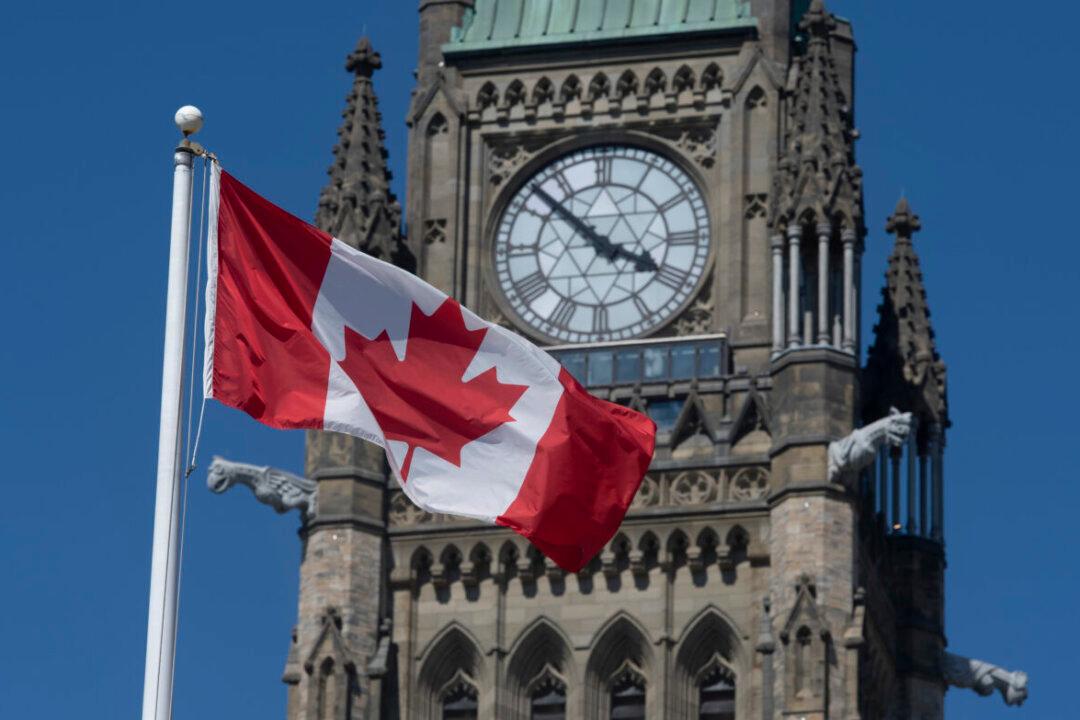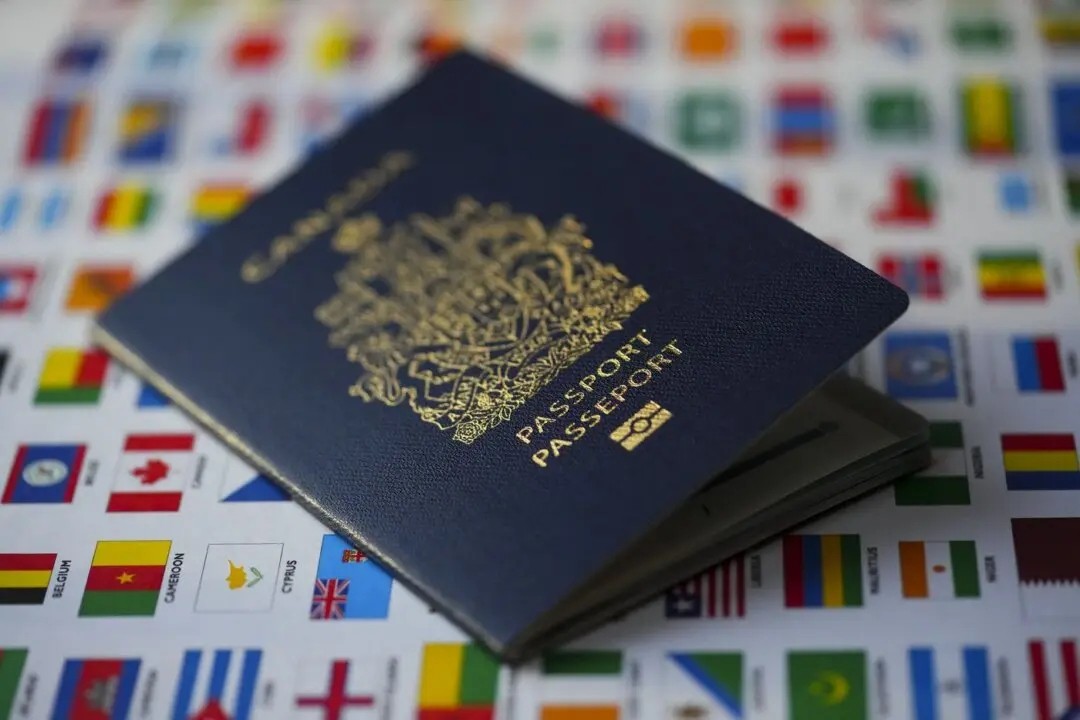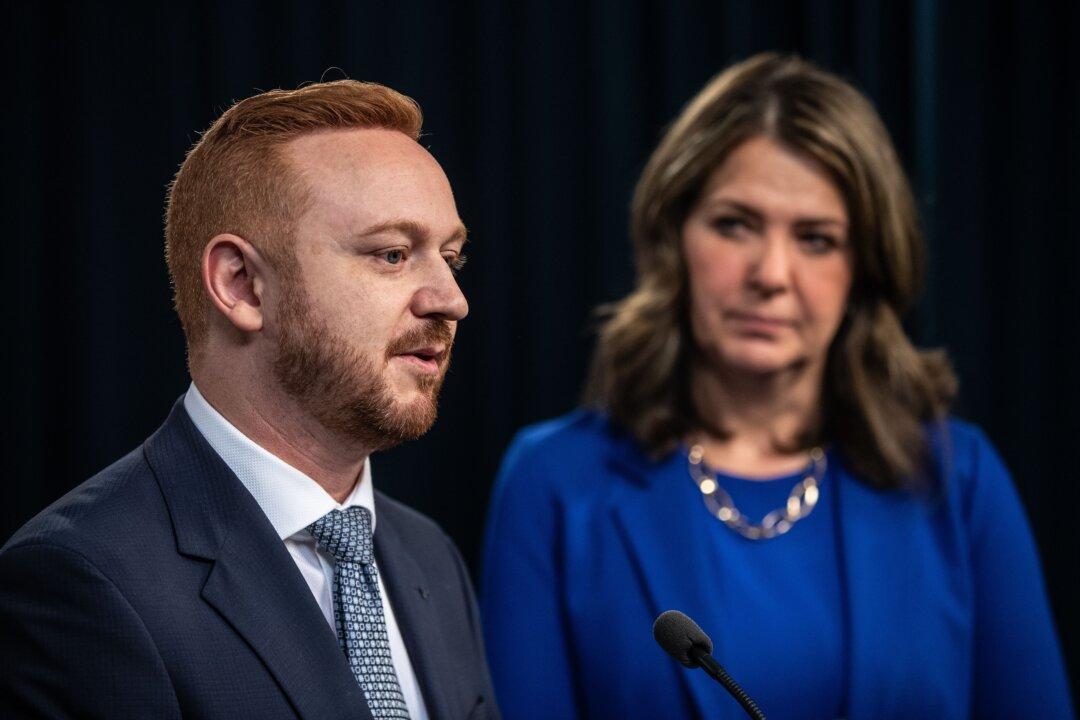Debt incurred by the federal government was already at a record high before COVID-19 struck Canada, according to a new study, which argues that the escalating spending and deficits in the five years before 2020 had seriously exacerbated the country’s current fiscal challenges.
“The COVID-19 pandemic has no doubt worsened Ottawa’s fiscal challenges, but it did not create them. Imprudent spending by the federal government in the years leading up to COVID added billions in debt before the pandemic struck,” said study co-author Jake Fuss, a senior economist at the Fraser Institute, in a March 1 press release.





